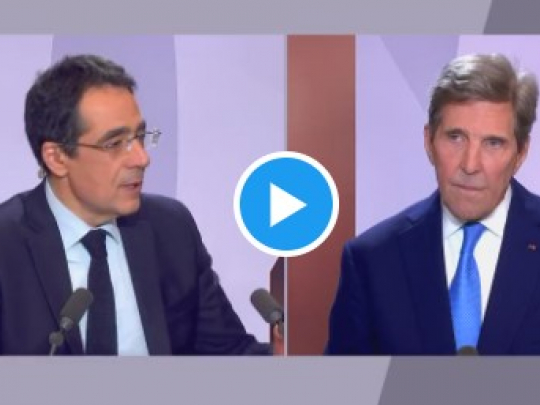Afghanistan: Enduring Occupation

The fifteenth anniversary of 11 September was featured in the front pages for days. This contrasts with the media blackout for the fifteenth anniversary of the war in Afghanistan, launched on 7 October 2001 through operation «Enduring Freedom».
The official justification: hunting down Osama bin Laden, the lead organizer of the September 11 attacks, hidden in an Afghan cavern under the protection of the Taliban. In actual fact, we will later find out that a plan for the operation had already been laid out on President Bush’s table prior to September 11. What the strategic objectives might be emerged clearly from the report, Quadrennial Defense Review, published by the Pentagon on 30 September 2001, a week before the beginning of the war in Afghanistan.
In the Il Manifesto [original Italian] of 10 October 2001 we published its essential sections that can be reread today in light of subsequent events.
«The United States is a global power with important geopolitical interests all over the world, and therefore must preclude others from controlling crucial areas, particularly Europe, Northeast Asia, the coast of East Asia, the Middle East and Southwest Asia. Asia in particular is emerging as a region capable of large-scale military competition. It is possible that a military rival with a formidable resource base will emerge in the region. Our armed forces must maintain their capabilities to impose the will of the United States on any adversary (be it a state or non-state entity), so as to change the regime of an adversary state or to occupy a foreign territory where till now US objectives have not been realized».
So here we have in black and white what the real reasons for the war in Afghanistan are.
In the period prior to September 11 2001, there are strong signals in Asia of a rapprochement between China and Russia — signals that are given concrete form when, the “Good Neighbours and Friendly Cooperation Treaty” is signed on 17 July 2001. This treaty was defined as the “cornerstone” of the bilateral relationship between the two countries.
Washington considers the rapprochement between China and Russia to be a challenge to US interests in Asia, at a critical time when the US is trying to occupy the vacuum, created by the dissolution of the USSR in Central Asia, an area of primary importance both for its geographic position with respect to Russia and China and the adjacent reserves of oil and natural gas in the Caspian.
Afghanistan is a key position to controlling this area. This explains the enormous deployment of US/NATO forces in Afghanistan, for a war that — according to an estimate provided by default from the Watson Institute (Brown University, USA) — has to date resulted in the following:
- more than 170,000 dead and 180,000 seriously injured;
- an official cost, on the part of the US alone, of around 830 billion dollars (more than 40 times the GDP of Afghanistan); plus
- other enormous costs that are not recorded.
When the military operations in Iraq, Libya, Syria and other countries are taken into account, the US official costs, based exclusively on the military operations, amounts to around 3,700 billion dollars in 2001-2016 and includes future costs (notably support for veterans) that brings it to around 4,800 billion.
In the US-led Nato operation in Afghanistan, renamed «Steadfast Support», Italy continues to participate with a contingent lined up in the areas of Kabul and Herat. Italian officials are deployed at Tampa (Florida) at the US Command for the entire operation and in Bahrain as staff linking up with US forces. In the context of this strategy, Italy is committed to 27 «missions» in 19 countries.
- Source : Manlio Dinucci















